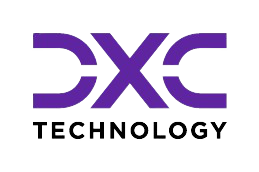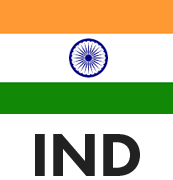 The chemical data and particular exemption requirements for restricted POPs are further clarified by the Korean Ministry of Environment.
The chemical data and particular exemption requirements for restricted POPs are further clarified by the Korean Ministry of Environment.
The public was requested to provide feedback on the proposed revisions to the Regulations on Persistent Organic Pollutants Classification and Specific Exemptions (hereafter referred to as the Regulations) by the Ministry of Environment (MoE) of South Korea through MoE Notice No. 2024-571. Remarks are invited until September 23, 2024.
The Stockholm Convention on Persistent Organic Pollutants (POPs) was ratified by South Korea in 2007. The Persistent Organic Pollutants Control Act (also known as the POPs Control Act) was passed by South Korea in the same year in order to comply with the requirements of this international convention. It went into effect in January 2008. There have been multiple revisions to the POPs Control Act between 2008 and June 2023. The MoE published the Regulations in September 2020 in compliance with this act, which gives a precise POPs control list (Annex 1) for improved governance. The most recent amendment to the regulations was made in June 2023 and included a clarification of the exemption criteria (Annex 2) as well as consideration of the POPs control methods outlined in the Minamata Convention. This time, the proposal focuses on updating the Regulations’ Annex 1 and 2.
Detailed Identification of Controlled POPs
POPs are specified for various levels of regulation under the Stockholm Convention in Annex A (Elimination), Annex B (Restriction), and Annex C (Unintentional production). POPs identified in accordance with this convention are included in Annex 1 of the Regulations. This time, the suggested revisions provide specific chemical names and CAS numbers for a few POPs that were either left off of this control list or referred to as general words in the past.
Notably, South Korea will not classify chemicals included in Annexes A or B of the Stockholm Convention as POPs when they occur accidentally as trace impurities in products or during production processes. A mixture of short-chain chlorinated paraffins will still be considered a POP even if its weight percentage is greater than 1%.
Clarification of Specific Exemptions
Annex 2 of the Regulations clarifies the specific uses eligible for exemptions from prohibitions and restrictions on the production, import, export, and use of controlled POPs. Considering factors such as socioeconomic impacts and effects on the environment and human health to ensure safe management, the MoE reassessed alternative substances based on specific exemptions. The proposed updates this time further detail the exemption criteria and deadlines for controlled POPs, reinforcing the country’s commitment to environmental protection and public health.
Effective Date
Upon official publication, the proposed adjustments are anticipated to take effect immediately. Significantly, the regulations concerning perfluorohexane sulfonic acid (PFHxS) and its salts, which are categorized as items 2022–31 in Annex 1 (focusing on 147 chemicals), will come into effect as soon as the 10th Conference of the Parties to the Stockholm Convention approves the proposal to put them in Annex A. Similar to this, the Minamata Convention-related items in Annex 2 will become operative once the 5th Conference of the Parties to the Minamata Convention amends Annexes A and B.








 Authorised IMDS & CDX Training & Consulting partner for
Authorised IMDS & CDX Training & Consulting partner for






